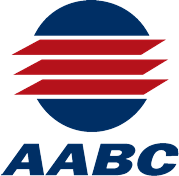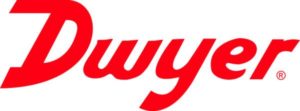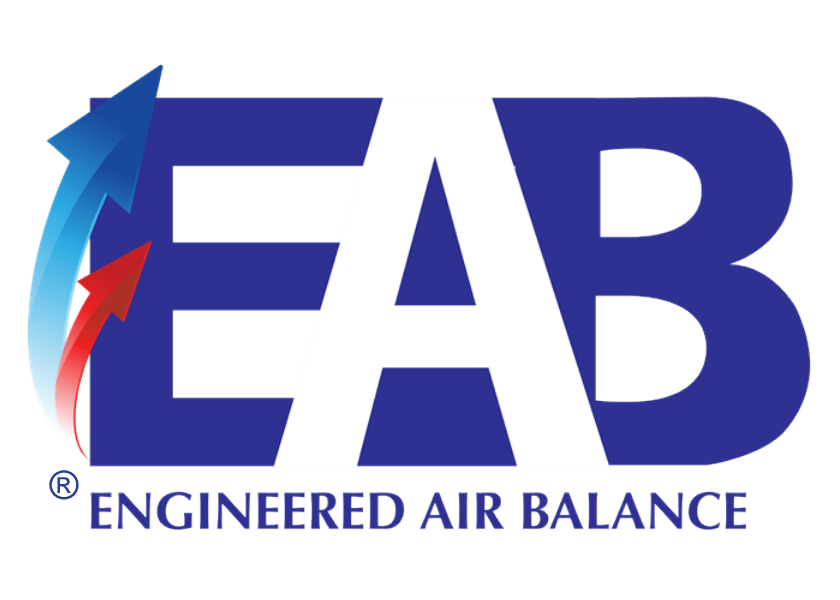Suggested Drawing Specification
An independent Testing and Balancing Agency certified by the AABC shall be engaged to Test and Balance the HVAC systems. Systems shall be balanced to plus/minus 10% of design requirements. The contractor shall place all systems and equipment into full operation for Testing and Balancing. One copy of the final Test and Balance report with the AABC National Performance Guaranty shall be sent directly to the engineer of record. Provide five (5) additional copies to the contractor.


 Holding over 650 technical patents, Dwyer Instruments, Inc. is a global leader in designing and manufacturing controls, sensors, and instrumentation solutions to the HVAC market. Investing in state-of-the-art R&D facilities for best-in-class product testing and verification has not only kept Dwyer relevant for over 85 years, it has also kept us on the cutting-edge of product development. Using the most advanced computer modeling software to simulate real world situations helps Dwyer to create more accurate measurement techniques in our products. Innovative HVAC product designs have been recognized by industry experts; most recently for the 490W Hydronic Differential Pressure Manometer – the most innovative HVAC water balancing instrument. AABC members receive 10% discount off all test equipment online orders with promo code “AABC.”
Holding over 650 technical patents, Dwyer Instruments, Inc. is a global leader in designing and manufacturing controls, sensors, and instrumentation solutions to the HVAC market. Investing in state-of-the-art R&D facilities for best-in-class product testing and verification has not only kept Dwyer relevant for over 85 years, it has also kept us on the cutting-edge of product development. Using the most advanced computer modeling software to simulate real world situations helps Dwyer to create more accurate measurement techniques in our products. Innovative HVAC product designs have been recognized by industry experts; most recently for the 490W Hydronic Differential Pressure Manometer – the most innovative HVAC water balancing instrument. AABC members receive 10% discount off all test equipment online orders with promo code “AABC.”












